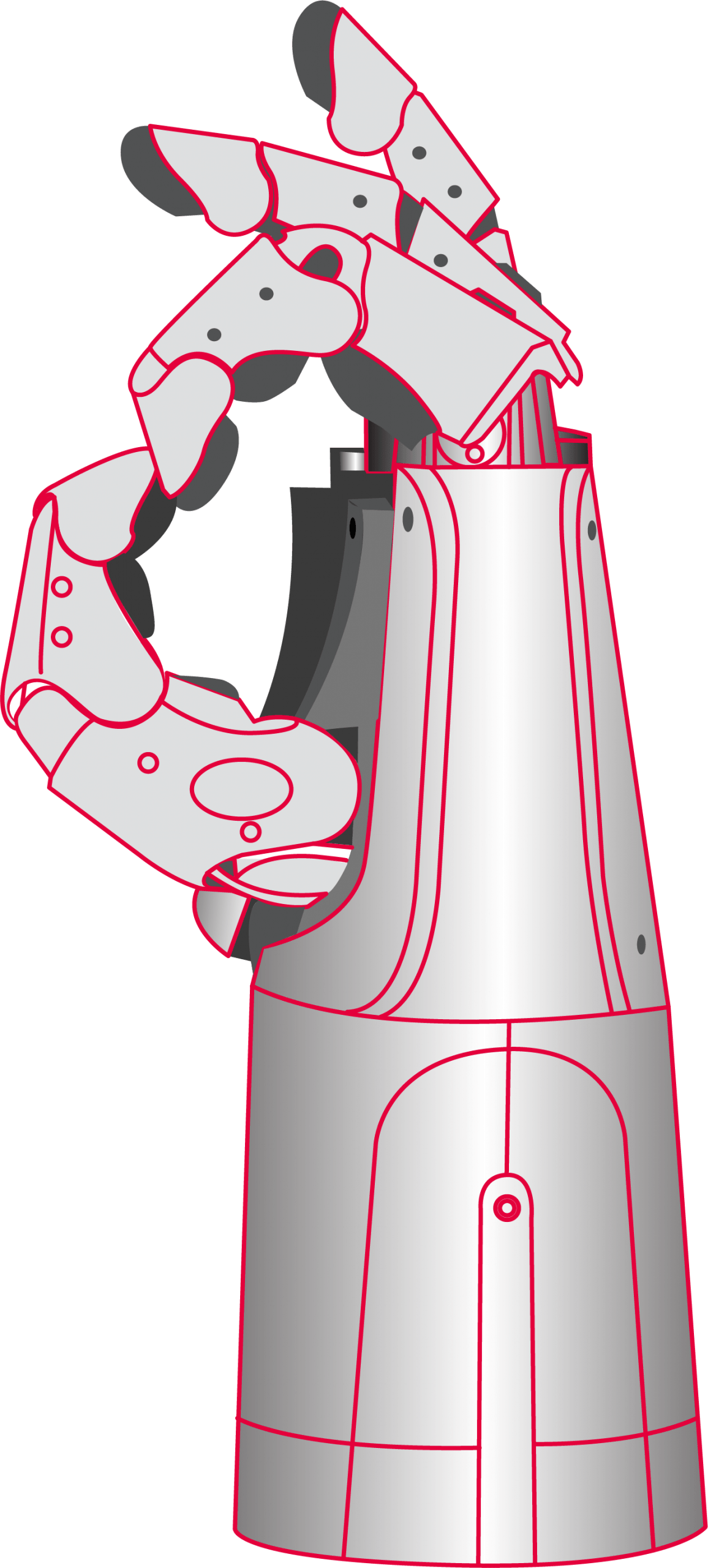Bionic Hand - Bouwen van een bionische hand
In deze activiteit bouwen de leerlingen een bionische hand van karton, touwtjes, rietjes en elastiekjes. Ze zullen de bionische hand in verband brengen met hun eigen hand om de functie van de vingers en het belang van de duim te begrijpen, om voorwerpen met verschillende vormen en vormen vast te grijpen of vast te houden.
De leerlingen zullen ook leren dat het niet mogelijk zou zijn de menselijke hand te bewegen als die alleen uit beenderen zou bestaan. De leerlingen zullen begrijpen hoe botten, spieren, pezen en ligamenten werken, door ze te vergelijken met de materialen die bij de bionische hand worden gebruikt om de vingers te bewegen.
Deze activiteit is voorbereid voor 60-90 minuten, afhankelijk van de leeftijd van de leerlingen. Deze bron kan echter ook worden voorgesteld als onderdeel van een klasproject, waarbij ook andere vakken aan bod komen, zoals kunst, taal en het menselijk lichaam.
Leerdoelen
Leeftijdscategorie:
8-12 jaar
Tijd
Lesduur: 60 - 90 minuten, afhankelijk van de leeftijd van de leerlingen
Hulpbron beschikbaar in:
Activiteit 1: Wat zit er in je hand?
In deze activiteit leren de leerlingen over de menselijke hand en de rol van de botten, spieren en pezen.
Uitrusting
Activiteit 2: Bouw een bionische hand
In deze activiteit leren de leerlingen wat een bionische hand is en hoe hij werkt. Ze zullen in groepjes hun eigen bionische hand van karton bouwen.
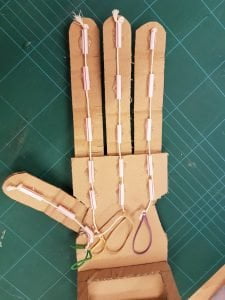
Uitrusting
Activiteit 3: Test je bionische hand
In deze activiteit zullen de leerlingen verschillende taken uitvoeren met hun bionische hand en de bewegingen van de bionische hand in verband brengen met hun eigen handen.
Uitrusting
Wist je dat?
In de nabije toekomst wordt verwacht dat bemanningen van astronauten en humanoïde robots zullen samenwerken om de ruimte te exploiteren.
Ze zullen waarschijnlijk allebei gebruik maken van bionische handen. Bionische handen stellen robots in staat voorwerpen te manipuleren die voor menselijk gebruik zijn gemaakt. De astronauten zullen bionische handen kunnen gebruiken omdat het manipuleren van voorwerpen in het vacuüm van de ruimte door de handschoenen van een ruimtepak zeer vermoeiend is.
Ze zullen waarschijnlijk allebei gebruik maken van bionische handen. Bionische handen stellen robots in staat voorwerpen te manipuleren die voor menselijk gebruik zijn gemaakt. De astronauten zullen bionische handen kunnen gebruiken omdat het manipuleren van voorwerpen in het vacuüm van de ruimte door de handschoenen van een ruimtepak zeer vermoeiend is.

De DEXHAND ontwikkeld door het DLR Instituut voor Robotica en mechatronica
Sleutelwoorden:
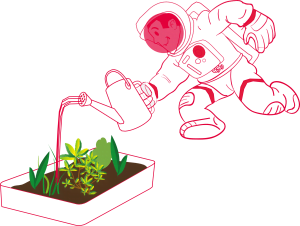
AstroFarmer - Leren over de voorwaarden voor plantengroei
Korte beschrijving: In deze reeks van zes activiteiten onderzoeken de leerlingen welke factoren van invloed zijn op de groei van planten, en relateren zij deze factoren aan het kweken van planten in de ruimte.
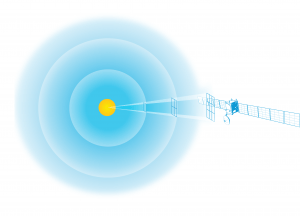
Energie uit zonlicht - Ruimteverkenning met zonne-energie
Korte beschrijving: In deze reeks activiteiten leren leerlingen over twee concepten die van invloed zijn op het ontwerp van zonnepanelen voor ruimtemissies: de omgekeerde kwadratische wet
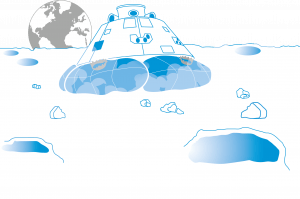
Landing op de maan - Het plannen en ontwerpen van een maanlander
Korte beschrijving: In deze reeks activiteiten zullen de leerlingen een landingsmodule plannen, ontwerpen en bouwen om de overleving van de bemanning veilig te stellen (in de



